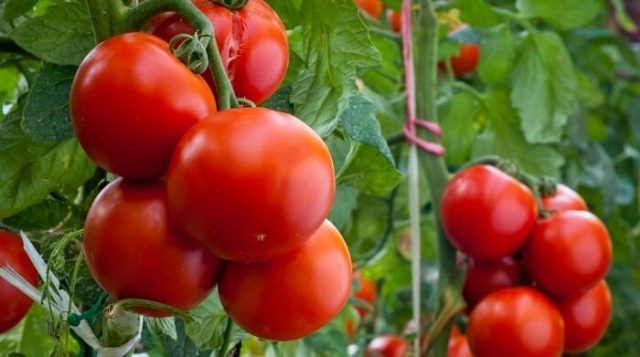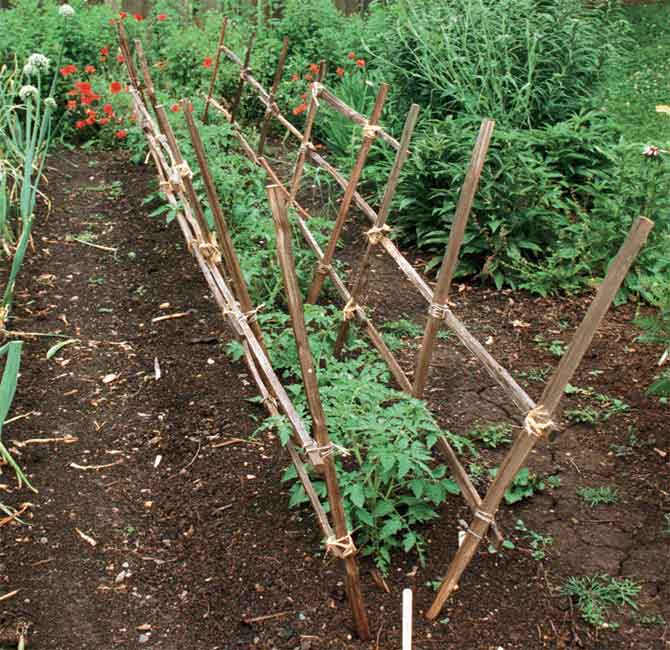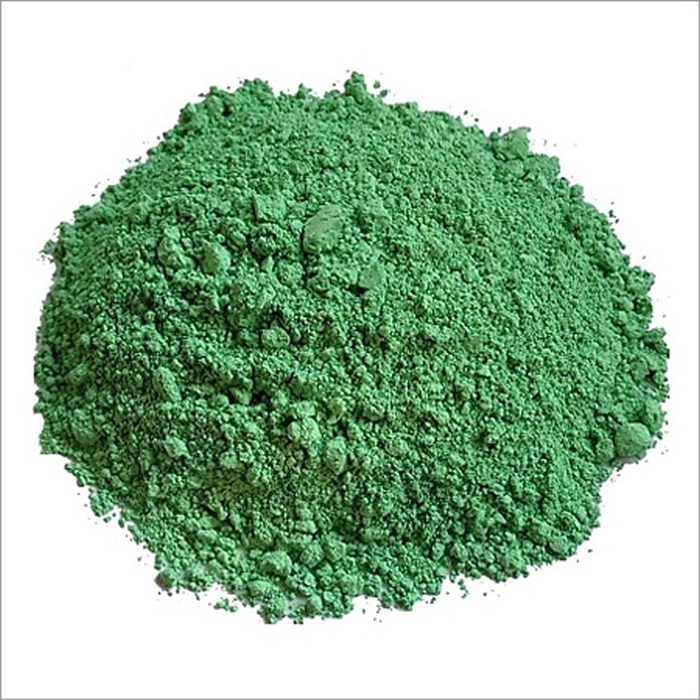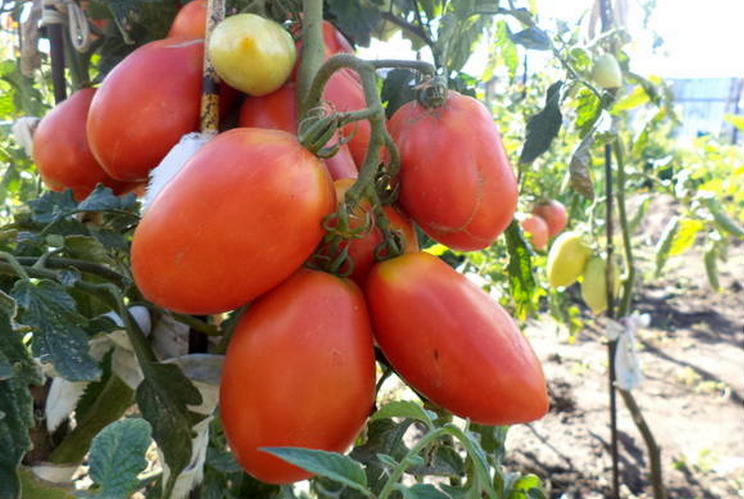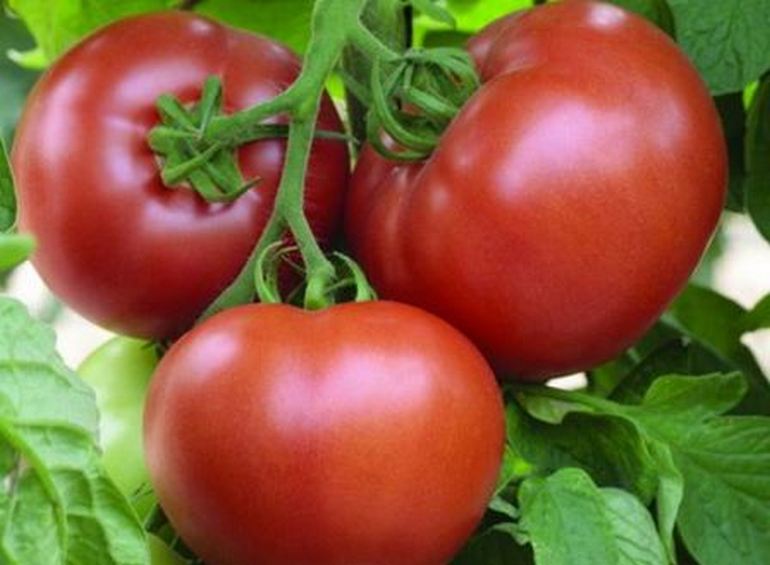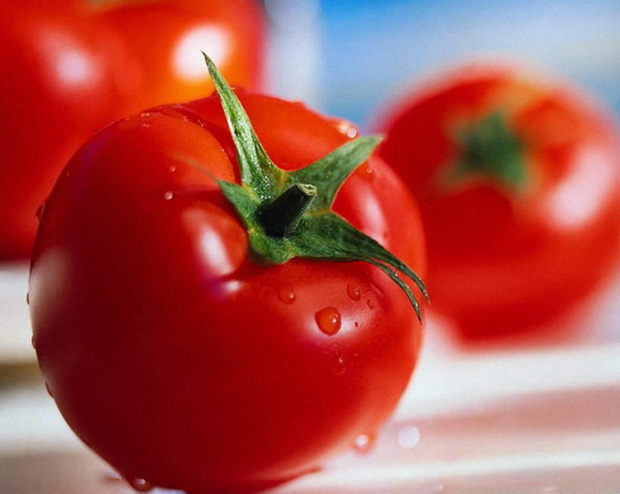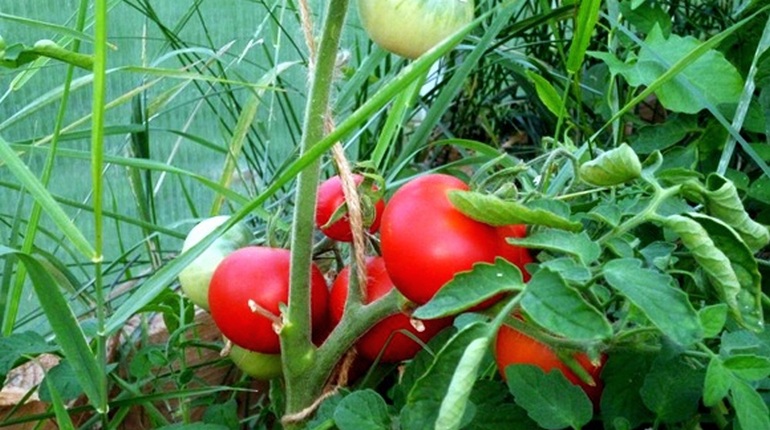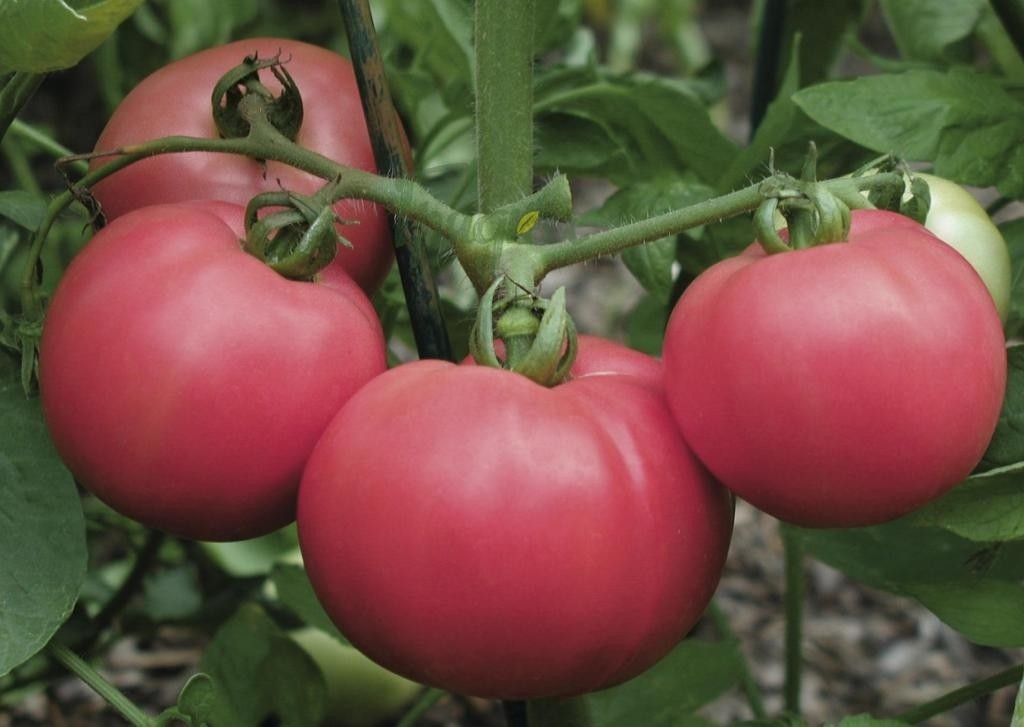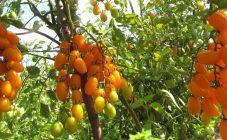Content:
Hybrid tomato Kostroma is considered a universal dessert variety. Its juicy sweet fruits are used for salads and canning. Despite the fact that the plant is tall, it is easy to care for it. According to gardeners, Kostroma F1 wins over with its tomatoes, which have not only a wonderful taste, but also a beautiful appearance.
History
The history of the variety dates back to the 90s of the XX century. Then the employees of the Moscow breeding company Gavrish created a new generation hybrid. He took the best qualities from his parents, including disease resistance. In 1994, an application was filed to include the plant in the State Register of Breeding Achievements Permitted for Use. In 1996, the application was approved. As a result, summer residents got acquainted with a new variety. Some still plant only it on the site. The originator named the hybrid Kostroma because of its resistance to cool summer and temperature extremes. Tomatoes are ideal for the Kostroma region, as well as for the entire Central Federal District and the Urals. Now tomatoes are grown all over Russia.
Characteristics and features of the variety
Frost resistance
Kostroma F1 is not a frost-resistant variety. It perfectly tolerates temperature fluctuations, heat, coolness, only being in the greenhouse. It is not by chance that the hybrid is recommended to be grown in greenhouses. There he gives decent harvests. Open air disembarkation is possible, but not desirable. This tall plant in an ordinary bed will have to be protected from the winds, tied to a strong support. Planting seedlings to a permanent place takes place only if the earth has warmed up to + 12 ... + 14 degrees.
Yield
A worthy harvest. 4-5 kg of selected tomatoes are collected from one bush.
Early hybrid. Fruit ripening occurs 105-111 days after the first shoots appear. The harvest begins in June, early July. Kostroma tomatoes are suitable for people who do not like to wait long for the result. According to reviews, the variety completes fruiting quickly. Tomatoes can be removed within 3-4 weeks. They ripen amicably and leave amicably. It is best to plant one or two mid-season varieties in the garden in addition to Kostroma, which can provide the summer resident with vitamin fruits until autumn.
Bloom
Tomato Kostroma characteristics and description of the variety contain information about its early ripening. And he begins to bloom before the rest of the tomatoes. Rich yellow flowers can be seen as early as June, that is, one month after planting in a permanent place.
Self-pollinated hybrid. From the upper flowers, pollen falls on the lower ones. It ends up on the pistil and sprouts. This is how fruit ovaries are formed. It is best that insects have access to the greenhouse or greenhouse where the bushes are planted. So the pollination will take place better. In this case, pollen will receive not only the inflorescences located in the middle and bottom of the bush, but also the upper ones.
Experienced summer residents are engaged in artificial pollination. They shake the twigs or brush them with a brush. Once the pollen is on the pistil, the plant is sprayed with water from a spray bottle. Water reinforces the pollination process.
Hive options
The plant is tall. In the greenhouse, it stretches up to 1.8-2.1 m.Garter required. Produces best when formed into a single stem. The rest are removed. The trunk is moderately powerful. Average number of leaves. They are standard size, ordinary. Lightly corrugated. The color is light emerald, matte. The branches do not grow as many as other similar varieties. Passionking is necessary, but the procedure is rarely allowed.
The first inflorescence can be seen above the 6th leaf. Each next is formed through 2 sheets. The number of nests is 5-6.
Description of fruits
Description of tomato Kostroma should start with the shape of the fruit. It is rounded, slightly flattened. There is a hint of ribbing. Some of the fruits are even and smooth. Maturation is amicable. Tomatoes that grow on the same branch have an identical appearance.
During ripening, they change color. The color of an unripe tomato is light green. The ripe fruit has a deep scarlet color.
Average weight is 100-120 grams. The lower fruits are the largest. Sometimes they grow up to 145 grams and a little higher. Smaller tomatoes ripen at the top. Their weight can vary from 50 to 90 grams.
The peel is dense, elastic. Thanks to her, the hybrid can be transported over long distances. At the same time, it is placed in a container in several layers. There is no damage during travel. Also, the fruits do not have the ability to crack. Like all early varieties, Kostroma is not suitable for long-term storage.
The pulp is dense, juicy. Compared to other hybrids, the taste is excellent. Sweet, there is a slight sour note. The appointment is universal. Kostroma tomatoes are crumbled into a salad, grilled (they do not fall apart). The fruits are suitable for canning as a whole. They make delicious tomato sauce, adjika.
Agrotechnics
To grow tomatoes in Kostroma, you do not need to have any special knowledge. A novice gardener who comes to the dacha once a week will also cope with this matter.
Seedling
Seedlings are grown first. You can start the process in April. The hybrid needs only 40-50 days for the seeds to germinate, the plant is elongated, stronger.
- The soil mixture is being prepared. It can consist of garden soil, peat, humus, sand. To facilitate the work, it is allowed to purchase a ready-made substrate. If the soil is prepared independently, it must be disinfected from pests, dangerous microorganisms. For this, a solution of manganese, boiling water is used. You can fry the earth in a frying pan;
- The earth is laid out in containers. Gardeners often use wooden boxes, plastic boxes, etc.
- Seed cannot be planted immediately after cultivation. You need to leave the container for a week. So live beneficial microbes, their own microclimate will appear in it;
- The day before planting, the soil mixture is well spilled with water;
- The seeds are pre-soaked for 10-20 minutes in a solution of potassium permanganate;
- Depressions of 1-2 cm are made in the ground. Seeds are placed in them. The distance between the seeds is 3-4 cm. They are lightly covered with a layer of earth;
- The container should be wrapped in foil. This is done to keep the seeds warm. It is known that at a temperature of + 26 ... + 30 degrees, tomato seedlings appear in 3-5 days. If it is a little cooler, you will have to wait 6-8 days;
- As soon as the first shoots appear, the film is removed. The container is placed in the lightest and warmest place in the house;
- Water the seedlings as needed. Do not pour in. Waterlogging can cause the spread of fungal disease;
- The hybrid needs a pick. The transplant is carried out when 2-4 strong leaves grow in small plants;
- You can determine that the bushes are ready for planting in the greenhouse by thick stems, healthy leaves, and a developed root. The height of the bushes should be about 25-40 cm.
Landing in a permanent place
The land in the greenhouse needs to be dug up and fertilized in the fall. Only in this way will she be ready to grow crops.Tomato Kostroma F1 loves loose, fertile, oxygenated soil.
Each plant should be planted at a distance of 40-50 cm from each other. The bushes will be lean and tall. They will not take up much space. Plants shed well during planting. Ash is added to each well.
Care
The main thing in caring for a crop is to form a bush and fix it at a support. Next, you should occasionally water the plant, loosen the soil, remove weeds. It is recommended to feed the tomato, to carry out prophylaxis against diseases and pests.
Forming a bush and tying to a support
The bush of Kostroma is tall. It must be carefully tied to the support. In this case, support should be not only at the stem, but also on the branches on which the fruits ripen. Experienced summer residents get the maximum yield by growing a hybrid in one stem. You also need to pinch the bush. But do this about once every 10-14 days, since the green mass of the plant does not form quickly. When there are about 9-10 brushes on the stem, pinch its top.
Watering
It is also carried out every 10-14 days. The variety can tolerate drought normally. Watering should only be done with warm, settled water from a barrel.
Loosening, weeding
It is permissible to combine these activities with watering. They are performed as needed. Weeding is needed, first of all, not for aesthetics, but for the benefit. The absence of weeds will relieve the bush of diseases and pests.
Top dressing
It can be done once or twice. The stores sell special mixtures containing phosphorus, potassium, nitrogen.
Prevention of diseases, pests
Hybrid Kostroma practically does not get sick. Pests don't like him. But it is better to take preventive measures. For this, fly ash is added during planting. Dust can also be applied to plants. After planting, the bushes are recommended to be sprayed with copper oxychloride.
Pros and cons of the variety
Benefits
- Decent productivity. 4-5 kg are collected from the bush. A similar crop is obtained by gardeners who grow such varieties of tomatoes as Fat Jack, Bersola, Drive F1;
- The first fruits of the Kostroma tomato can be enjoyed in June, early July. In this it is similar to the hybrids of Intuition, Blagovest, Bloody Mary;
- Very attractive fruit appearance. Kostroma tomatoes are rounded, slightly flattened. Compact. Weight - about 110-120 grams. Do not crack. Similar tomatoes ripen on the Stolypin bush;
- In Kostroma, as in the Pink Magic hybrid, the fruits are transportable;
- Dessert variety. The pulp of tomatoes is sweet. The fruit is ideal for salads and canning. You can feel a similar taste if you try Titanic F1, Lelya F1;
- Another common advantage between Kostroma and Titanic is the minimum number of stepsons. It is not often necessary to do the pinching of these hybrids;
- The variety is not afraid of temperature fluctuations, cold summer, drought. It is allowed to water it infrequently - once every 10-14 days.
disadvantages
- Like the varieties Dobrun F1, Batiana, the Kostroma hybrid needs a garter. At the support, not only the stems are fixed, but also branches with fruits;
- Gives a decent harvest only in a greenhouse. Similar varieties: Fair Lady F1, Titanic F1;
- It does not bear fruit for a long time. You can pick fresh tomatoes from the bushes within 2-4 weeks.
Tomato Kostroma is an unpretentious but tasty hybrid. You can respect it for its early ripening, easy care, sweet and beautiful tomatoes. The main thing is to tie up the bushes in time, form them into one stem, remove unnecessary stepsons.
